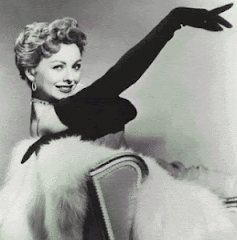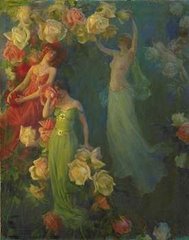

Do the chemicals:
6-methyl-5-hepten-2-ol or
1,3(E),5(Z)-undecatriene or
1-p-menthene-8-thiol sounds like dangerous chemcials to you, or would you hear any alarm bells when you know that these chemicals were ingredients of the perfume you are wearing right now?
Probably because you don't know what these names stands for they can sound like intimidating names. Unknown names or things we don't understand can scare us sometimes. In fact these chemicals are just aromatic chemicals that are found in nature.
6-methyl-5-hepten-2-ol is a component of natural
Yuzu oil, you can read about this chemical
here.
1,3(E),5(Z)-undecatriene is a component of natural
Galbanum oil, you can read about this chemical
here.
1-p-menthene-8-thiol is a component of natural
Grapefruit oil, you can read about this chemical
here.
Every living thing, including you and me, is made of millions of complex chemicals. Natural essential oils are blends of many chemicals. The word "chemicals" has become an emotionally-loaded word and has a negative sound to some people because virtually the only time the media reports about it, it's a negative report. The word "synthetic" is looked upon with suspicion, at best. Conversely, "natural" is often thought of as inherently harmless. Natural does not equal safe and synthetic does not equal unsafe.

Tony Burfield from Cropwatch wrote an article about
chemophobia he said that the finger of suspicion is also pointing at fragrance volatiles - one is tempted to say, raising it to a level of near-paranoia. He writes about an article that Pat Thomas once wrote where he suggests that there is no difference between conventional perfumes and pollution, saying 'fragrance chemicals...include...many other known toxins capable of causing cancer, birth defects, central nervous system disorders and allergic and asthmatic reactions. Pat Thomas discussing fragrance chemicals found in the perfume Eternity Eau de Parfum (Calvin Klein). Here are some examples of fragrance chemicals that he described as being harmful:
Benzyl acetate – said to be irritant and also said to be linked to pancreatic cancer.
Benzyl acetate occurs in jasmin, narcissus & hyacinth head space odours and in gardenia oil, ylang ylang oil & cananga oils.
Eugenol – said to be an irritant, a cause of contact dermatitis, pesticide & insecticide ingredient.
Eugenol occurs in the head space of hyacinth flowers & carnation flowers; and in the oils of clove, cinnamon leaf, pimenta berry, W.I. bay oil, & basil oil CT linalol.
Benzaldehydehyde, 4-hydroxy-3-methoxy (aka vanillin) – irritant to mouth throat eyes etc... kidney damage, CNS disruption
Benzaldehydehyde, 4-hydroxy-3-methoxy occurs in vanilla beans, peru balsam, & benzoin resinoid.
Tony Burfield also says:
"Of course in the real world, toxic effects of chemicals are directly related to the dose, and splashing 0.03 ml of alcoholic perfume containing minor concentrations of these components behind the ears is unlikely to promote the effects listed above, even in a small minority of extremely susceptible individuals. Further, many of these components identified are identical to those components naturally occurring in the scents emitted from flowers, meadows & pine forests, or are responsible for the odour & taste of spices and natural flavourings etc. – so what are we to do? Mow down all the flowers and trees, since they give off these dangerous
volatiles? "
End quote.
Yes there are dangerous and toxic chemicals and yes there are dangerous and toxic naturals, but that doesn't mean you can group them all together and say that all chemicals and all naturals are bad and toxic.
Toxic ingredients have to be banned out of our perfumes, that's for sure. That's why
Ifra made a guideline to tell us which ingredients should not be used or tell us the amount of ingredients we can safely use in our perfumes.
Here are more links about chemophobia:
Have a fragrant safe day!
 Here you can see my perfume organ where I work at, I keep my diluted materials in bottles with droppers.
Here you can see my perfume organ where I work at, I keep my diluted materials in bottles with droppers.


 Some magazines about perfumes.
Some magazines about perfumes.  My books about perfumery and essential oils.
My books about perfumery and essential oils. 






















